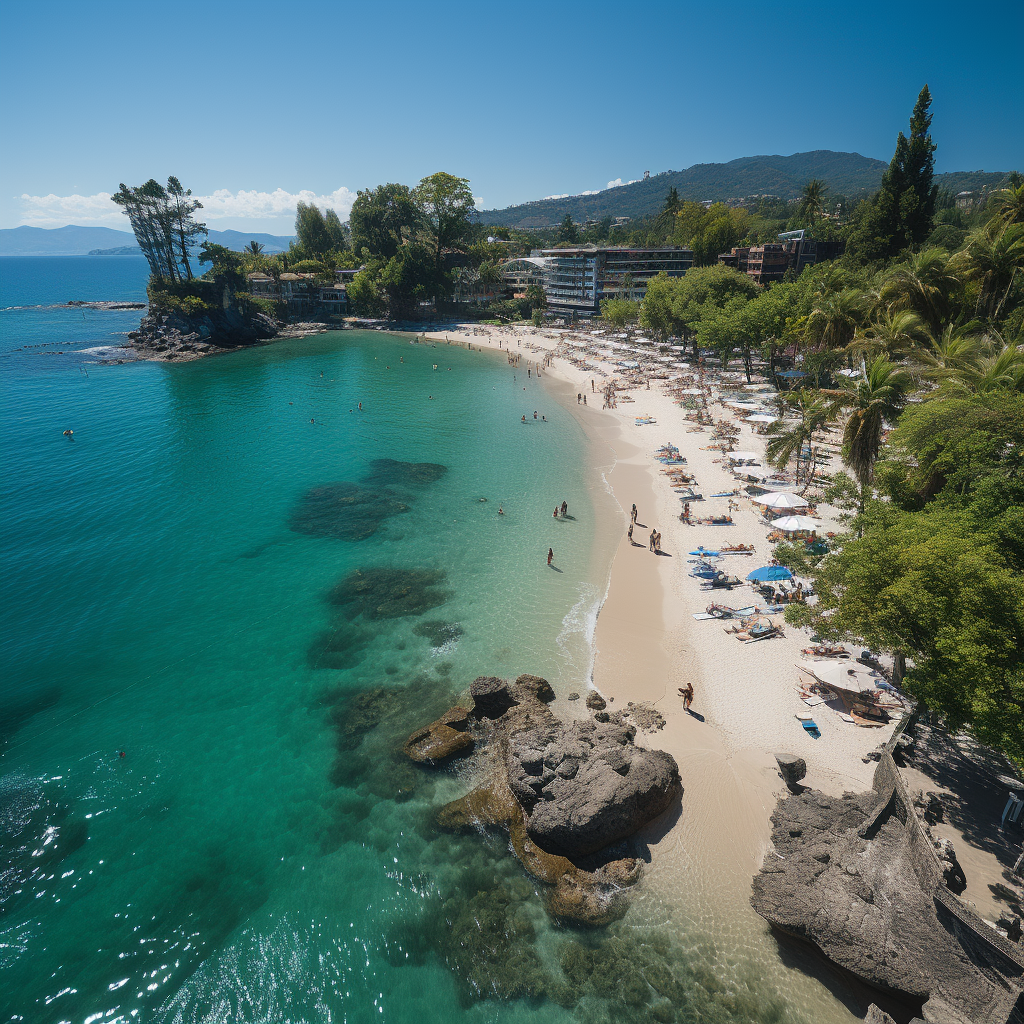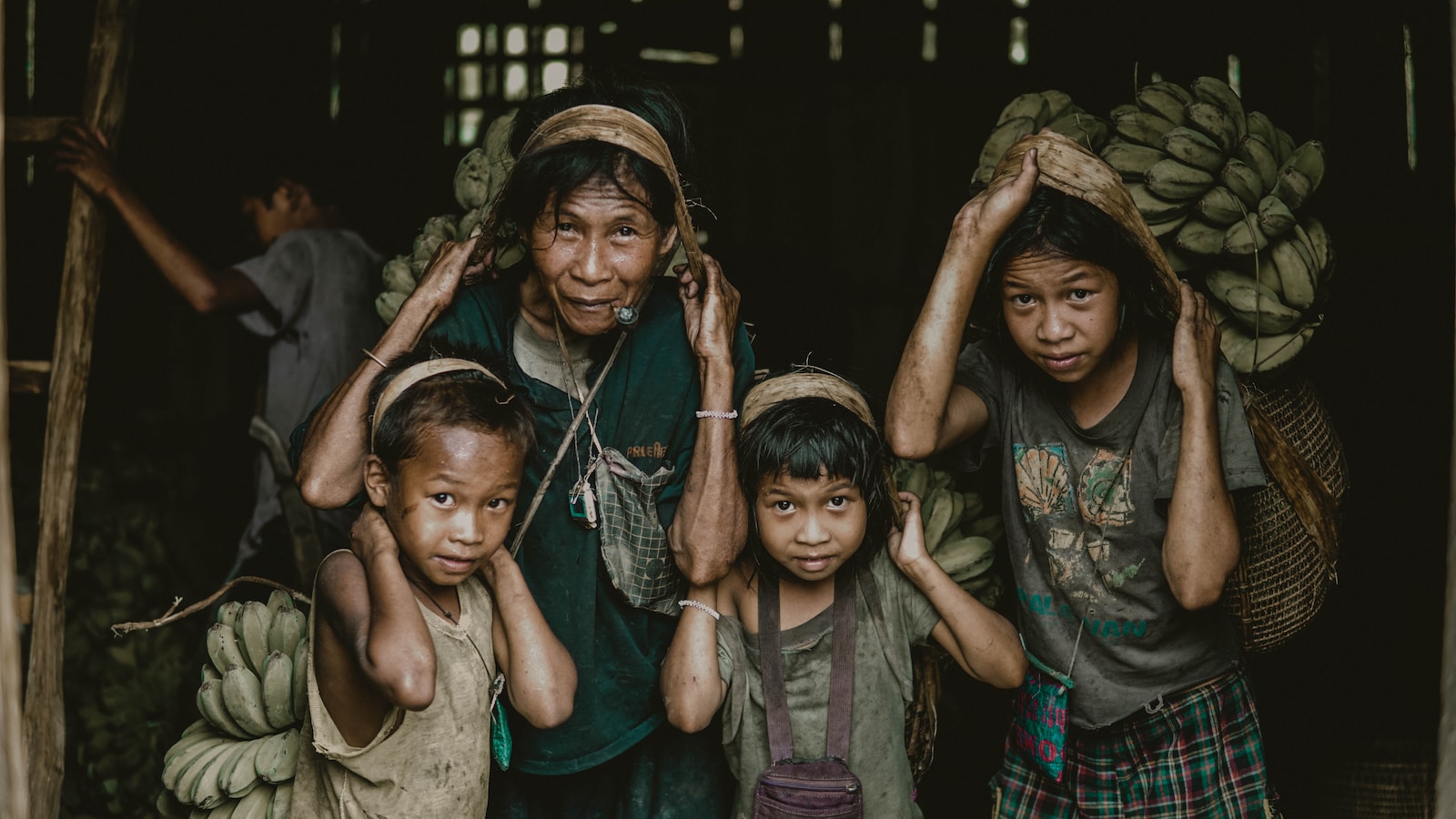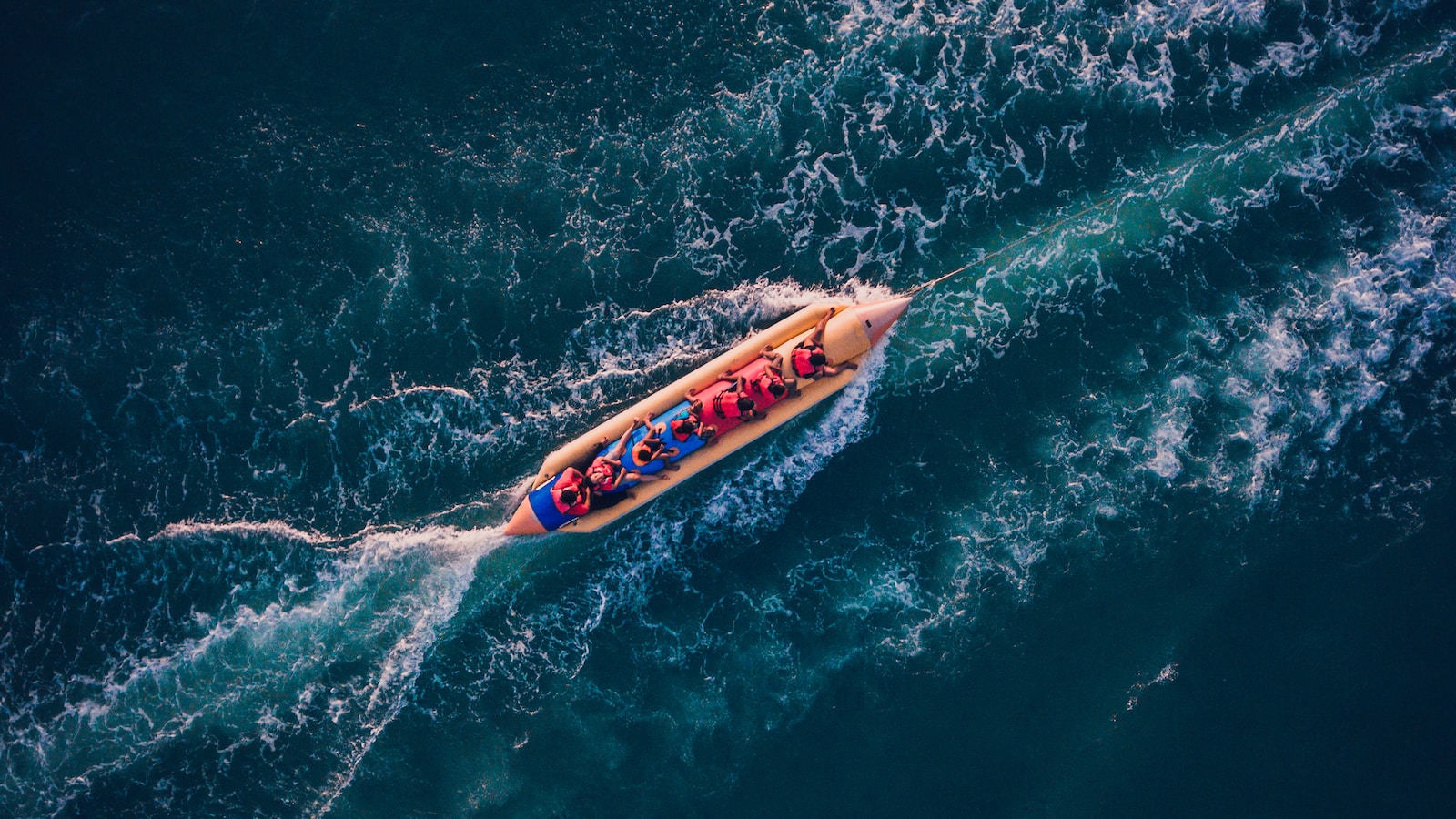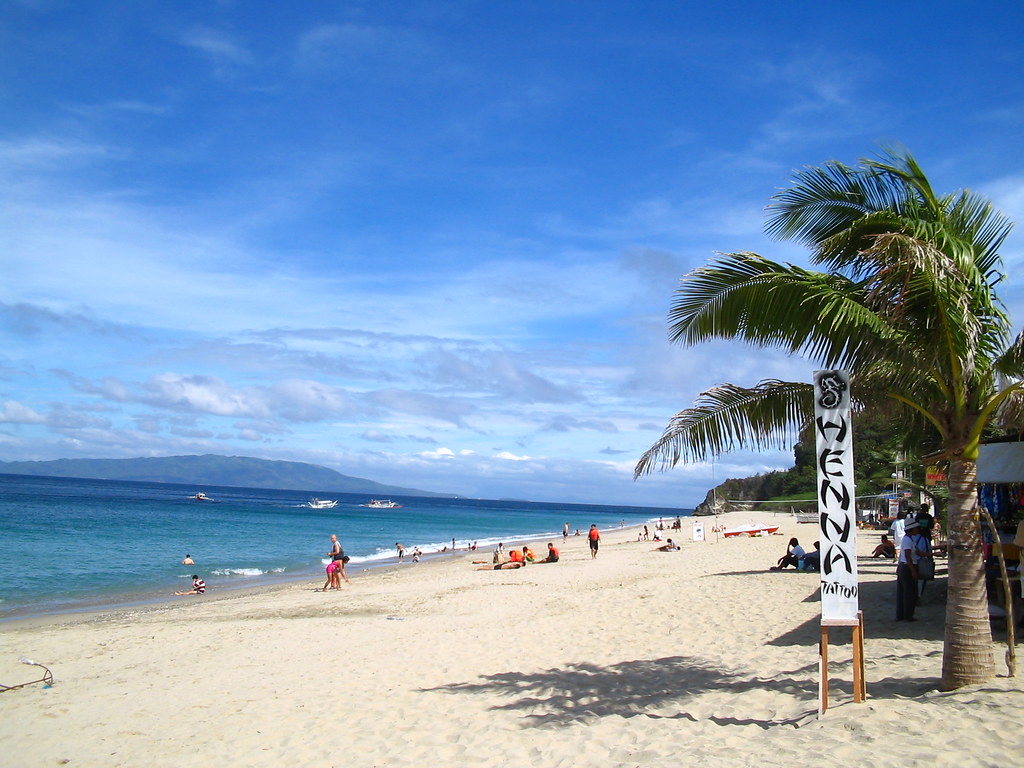Hibo Reef Puerto Galera is a popular destination for tourists and divers who want to explore the rich biodiversity of coral reefs in the Philippines. Located in Puerto Galera Bay, Mindoro Island, this reef is home to over 100 species of reef fish and a variety of tropical marine flora and fauna.
The reef has gained recognition for its beauty and ecological importance, being declared the 32nd most beautiful bay in the world by the Paris-based Club des Plus Belles Baies du Monde. However, like many coral reefs around the world, Hibo Reef Puerto Galera is facing threats from climate change, pollution, and overfishing.
Despite these challenges, efforts are being made to protect and preserve the reef. Local organizations and government agencies are working together to implement sustainable tourism practices, reduce pollution, and promote conservation awareness. By supporting these initiatives, visitors can help ensure that Hibo Reef Puerto Galera and other coral reefs around the world continue to thrive for generations to come.
Hibo Reef Overview
Hibo Reef is a popular diving spot located in Puerto Galera, Mindoro Island, Philippines. It is a part of the Coral Triangle, which is a UNESCO World Heritage Site and is known for its high biodiversity. Hibo Reef is home to various marine species, including hard and soft corals, sponges, and reef fishes.
The reef is situated in a shallow area with depths ranging from 3 to 12 meters, making it an ideal spot for beginner divers. The water temperature at Hibo Reef is usually warm and ranges from 26 to 30 degrees Celsius.
Divers can explore the reef’s diverse ecosystem, which includes coral gardens, walls, and sandy areas. The reef’s diverse topography provides a habitat for a wide range of marine species, including sea turtles, reef sharks, and octopuses.
Hibo Reef is situated in Puerto Galera Bay, which has been declared the 32nd most beautiful bay in the world by UNESCO. The bay’s water quality is highly dependent on the tidal circulation pattern, which is highly skewed due to the bay’s unique shape.
Overall, Hibo Reef is a must-visit destination for divers and nature enthusiasts who want to experience the beauty of the Coral Triangle and explore the diverse marine life in Puerto Galera Bay.
Getting There
Hibo Reef Puerto Galera is located in the Oriental Mindoro province of the Philippines. It is a popular destination for tourists and locals alike, who come to enjoy the beautiful coral reef and marine life.
By Ferry
The most common way to get to Puerto Galera is by ferry. There are several ferry companies that operate daily trips to the town from Manila. The ferry ride takes approximately 2-3 hours, depending on the weather and sea conditions. Visitors can choose from different ferry classes, including economy, business, and first class.
By Bus
Another way to get to Puerto Galera is by bus. Buses depart regularly from Manila and take approximately 3-4 hours to reach the town. Visitors can choose from different bus companies, including JAM Liner, DLTB Co., and Alps the Bus.
From Puerto Galera to Hibo Reef
Once visitors arrive in Puerto Galera, they can take a tricycle or a jeepney to reach Hibo Reef. The trip takes approximately 15-20 minutes and costs around PHP 150-200. Visitors can also choose to walk to Hibo Reef, which takes approximately 30-40 minutes from the town center.
It is important to note that visitors should check the weather conditions before traveling to Hibo Reef, especially during the monsoon season. The sea can be rough, and ferry and boat trips may be canceled or delayed. Visitors should also bring appropriate gear, such as sunscreen, hats, and sunglasses, to protect themselves from the sun.
Dive Sites and Features
Hibo Reef in Puerto Galera is a popular dive site known for its diverse marine life and stunning coral formations. The reef is located in the West Escarceo area and has a maximum depth of around 18 meters.
One of the most notable features of Hibo Reef is the “Hole in the Wall,” a unique underwater tunnel that divers can swim through. The tunnel is approximately 6 meters long and 3 meters wide and provides a breathtaking view of the surrounding coral formations.
Divers can also explore the Manila Channel, a deeper section of the reef that drops down to around 30 meters. This area is known for its strong currents, making it a popular spot for experienced divers.
For wreck diving enthusiasts, Hibo Reef has three wrecks to explore. The Sabang Wreck, located near the entrance of Puerto Galera Bay, is a 20-meter-long cargo vessel that sank in the 1980s. The Alma Jane Wreck, located in the nearby town of Sabang, is a 30-meter-long cargo vessel that sank in 2003 and now serves as an artificial reef. The Monkey Wreck, a smaller fishing boat, is located near the Hole in the Wall and is a popular spot for underwater photography.
In addition to these features, Hibo Reef is also known for its impressive walls and canyons, which are covered in colorful soft and hard corals. Divers can expect to see a wide variety of marine life, including schools of fish, turtles, and even occasional sightings of larger pelagic species such as sharks and rays.
Overall, Hibo Reef in Puerto Galera is a must-visit dive site for any diving enthusiast looking for a unique and exciting underwater adventure.
Marine Life
Hibo Reef in Puerto Galera is home to a diverse range of marine life, making it a popular destination for snorkelers and divers. The reef is known for its rich coral formations, which provide a habitat for a variety of fish and other sea creatures.
Coral is the foundation of the reef ecosystem, providing shelter and food for many species of fish and invertebrates. Hibo Reef is home to a variety of hard and soft corals, including brain coral, staghorn coral, and mushroom coral. These corals provide a colorful backdrop for the diverse marine life that calls the reef home.
Fish are abundant at Hibo Reef, with over 120 species recorded in the area. Visitors can spot a variety of colorful fish, including surgeonfish, angelfish, parrotfish, and butterflyfish. Larger species such as tuna and barracuda can also be seen patrolling the reef.
Sharks are a rare sight at Hibo Reef, but reef sharks can occasionally be spotted in the deeper waters surrounding the reef. Frogfish, seahorses, scorpionfish, and nudibranchs are also commonly seen on the reef.
Turtles are another highlight of Hibo Reef, with green sea turtles and hawksbill turtles often seen grazing on the seagrass beds surrounding the reef. Shrimp, clams, giant clams, and sea cucumbers can also be found on the reef.
Divers may also encounter moray eels, lionfish, pufferfish, and anemonefish hiding in the crevices of the coral formations. Schools of cardinalfish, rainbow runners, and jacks can be seen darting in and out of the reef.
Overall, Hibo Reef in Puerto Galera offers a rich and diverse marine ecosystem for visitors to explore and enjoy.
Coral Types
Hibo Reef in Puerto Galera is home to a diverse range of coral species. The reef system supports both hard and soft corals, as well as gorgonian fans and sea fans.
Hard corals, also known as reef-building corals, are the backbone of the coral reef ecosystem. They provide a habitat for a wide variety of marine life and play a vital role in protecting coastlines from erosion. Some of the hard coral species found at Hibo Reef include Acropora, Montipora, and Porites.
Soft corals, on the other hand, do not have a hard skeleton like hard corals. Instead, they have a flexible, fleshy structure. Soft corals come in a wide range of colors and shapes, and they are often mistaken for plants. Some of the soft coral species found at Hibo Reef include Sinularia, Lobophytum, and Sarcophyton.
Gorgonian fans, also known as sea whips, are a type of soft coral that grow in a branching, tree-like structure. They are often found in areas with strong currents, where they can filter plankton from the water. Some of the gorgonian fan species found at Hibo Reef include Muricella and Swiftia.
Sea fans, also known as sea feathers, are another type of soft coral that grow in a fan-like shape. They are often found in deeper water and can grow to be quite large. Some of the sea fan species found at Hibo Reef include Gorgonia and Eunicella.
Overall, the coral types found at Hibo Reef in Puerto Galera are diverse and important to the health of the reef ecosystem. It is important to protect and preserve these species for future generations to enjoy.
Currents and Conditions
Puerto Galera Bay is known for its highly skewed tidal circulation pattern, which has a significant impact on the water quality in and around the bay. The bay is composed of two current regimes, with strong currents at the outer portion and weaker currents in the inner portion. These currents are influenced by several factors, including temperature, salinity, and climate.
The strong currents at the outer portion of the bay are caused by the narrow channel connecting the bay to the open sea. These currents bring in nutrient-rich water from the open sea, which supports the diverse marine life in the bay. However, these currents also pose a risk of sedimentation and pollution from the nearby urban areas.
The weaker currents in the inner portion of the bay are caused by the sheltering effect of the surrounding landmass. These currents are important for the circulation of water and nutrients within the bay, which supports the growth of coral reefs, seagrasses, and mangroves. However, these weaker currents also pose a risk of stagnation and low oxygen levels in some areas of the bay.
To better understand the physical conditions of the bay, scientists have conducted comprehensive circulation and water quality investigations. These investigations have revealed that the water quality in the bay is generally good, with high levels of dissolved oxygen and low levels of pollutants. However, there are some areas of the bay that are affected by sedimentation and pollution from nearby urban areas.
Overall, the currents and conditions in Puerto Galera Bay are complex and dynamic, with a range of factors influencing the water quality and marine life in the bay. Understanding these factors is essential for the sustainable management and conservation of the bay’s rich biodiversity.
Resorts and Dive Shops
Puerto Galera is a popular destination for diving enthusiasts, and there are plenty of resorts and dive shops in the area to cater to their needs. Sabang and White Beach are two of the most popular areas for tourists to stay, and there are many options for accommodation and diving services.
Sabang is a bustling area with a variety of resorts and dive shops. Some of the most popular resorts in Sabang include El Galleon Beach Resort and Asia Divers Resort. Both of these resorts offer comfortable accommodations and have their own dive shops on-site. Other popular resorts in Sabang include Scandi Divers Resort and Sabang Oasis Resort.
White Beach is a quieter area than Sabang, but it still has plenty of resorts and dive shops to choose from. The most popular resort in White Beach is probably La Laguna Beach Club and Dive Centre. This resort has a beautiful location right on the beach, and it offers a wide range of diving services. Other popular resorts in White Beach include Marco Vincent Dive Resort and Badladz Beach Resort.
There are also many independent dive shops in Puerto Galera that offer a variety of services. Some of the most popular dive shops include Action Divers, Scuba for Change, and Frontier Scuba. These dive shops offer a range of courses and certifications, as well as fun dives to some of the best sites in the area.
Overall, Puerto Galera has no shortage of resorts and dive shops for tourists to choose from. Whether you’re looking for a luxurious beachfront resort or a budget-friendly dive shop, you’re sure to find something that meets your needs in this beautiful part of the Philippines.
Safety and Health
When visiting Hibo Reef Puerto Galera, it is important to prioritize safety and health to ensure an enjoyable and safe experience. Here are some tips to help visitors stay safe and healthy:
Health
Visitors should take necessary precautions to protect their health while visiting Hibo Reef Puerto Galera. This includes:
- Bringing and using sunscreen with a high SPF to protect against harmful UV rays.
- Wearing protective clothing such as a hat, long-sleeved shirt, and pants to avoid sunburn and dehydration.
- Staying hydrated by drinking plenty of water and avoiding alcohol and caffeine, which can dehydrate the body.
- Bringing insect repellent to protect against mosquito bites and other insect-related illnesses.
- Bringing any necessary medication and first aid supplies in case of an emergency.
Safety
Visitors should always prioritize safety while at Hibo Reef Puerto Galera. This includes:
- Following all safety guidelines and rules provided by tour guides or staff.
- Wearing appropriate safety gear such as a life vest when participating in water activities.
- Being aware of and avoiding potential hazards such as strong currents or sharp rocks.
- Staying within designated areas and avoiding restricted areas or dangerous wildlife.
- Avoiding littering and disposing of waste properly to avoid harm to marine life and the environment.
NSP and MBO
Hibo Reef Puerto Galera is committed to maintaining a safe and healthy environment for visitors and marine life. They follow the National Sanitation Program (NSP) guidelines to ensure that water quality is safe for swimming and other water activities. Additionally, they follow the Marine Biodiversity Observation (MBO) program to monitor and protect marine life in the area.
By following these tips and guidelines, visitors can enjoy a safe and healthy experience at Hibo Reef Puerto Galera.
Underwater Photography
Underwater photography is a popular activity among scuba divers and snorkelers who visit the Hibo Reef in Puerto Galera. The reef’s clear waters and diverse marine life provide excellent opportunities for capturing stunning images.
One of the most popular techniques used in underwater photography at Hibo Reef is macro photography. Macro photography involves taking close-up shots of small subjects such as nudibranchs, crabs, and shrimps. To capture these images, photographers often use specialized lenses that allow them to focus on subjects as small as a few millimeters.
To get the best results in underwater photography, it is important to have the right equipment. This includes a good quality camera, underwater housing, strobes or flashlights, and lenses. It is also important to have a good understanding of the principles of light, composition, and exposure.
In addition to capturing images of marine life, underwater photographers at Hibo Reef can also take wide-angle shots of the reef and its surroundings. Wide-angle photography is ideal for capturing the reef’s expansive coral formations, schools of fish, and other large marine creatures such as turtles and rays.
Overall, underwater photography is a rewarding and challenging activity that requires patience, skill, and a good eye for detail. With the right equipment and techniques, visitors to Hibo Reef can capture stunning images that showcase the beauty and diversity of this unique underwater ecosystem.
Review and Ratings
Hibo Reef in Puerto Galera is a popular destination for snorkeling and diving enthusiasts. Visitors can expect to see a diverse range of marine life, including colorful corals, fish, and other sea creatures. The reef is well-maintained, and the water is clear, making it an ideal spot for underwater photography.
Overall, Hibo Reef has received positive reviews and high ratings from visitors. Many have praised the reef’s beauty and the abundance of marine life. Some visitors have even described it as one of the best snorkeling spots they have ever visited.
In terms of ratings, Hibo Reef consistently receives high marks for its cleanliness, accessibility, and safety. Visitors can easily access the reef from the beach, and there are trained guides available to assist with snorkeling and diving activities. The reef is also well-maintained, with regular clean-up efforts to keep the area free from debris.
In addition to its natural beauty, Hibo Reef is also known for its affordable prices. Visitors can rent snorkeling gear and hire guides at reasonable rates, making it a great option for budget-conscious travelers.
Overall, Hibo Reef is a must-visit destination for anyone interested in snorkeling or diving in Puerto Galera. With its stunning beauty, diverse marine life, and affordable prices, it’s no wonder why it consistently receives high ratings and positive reviews from visitors.
Language and Culture
Puerto Galera is a popular tourist destination in the Philippines, known for its beautiful beaches, lush tropical forests, and vibrant marine life. The majority of the local population speaks Tagalog, the official language of the Philippines. However, English is widely spoken and understood, especially in tourist areas like Puerto Galera.
The culture of Puerto Galera is deeply rooted in the traditions and customs of the Philippines. The locals are friendly and hospitable, and visitors are often greeted with warm smiles and open arms. The people of Puerto Galera are proud of their culture and heritage, and they are happy to share it with visitors.
One of the most important aspects of the culture of Puerto Galera is its cuisine. The food in Puerto Galera is a fusion of Filipino, Chinese, and Spanish influences, resulting in a unique and delicious blend of flavors. Some of the most popular dishes in Puerto Galera include adobo, sinigang, and lechon.
In addition to its cuisine, Puerto Galera is also known for its festivals and celebrations. The most famous of these is the Feast of Our Lady of the Most Holy Rosary, which takes place in October. During this festival, the streets of Puerto Galera come alive with music, dancing, and colorful parades.
Overall, the culture of Puerto Galera is rich and diverse, reflecting the country’s long and complex history. Visitors to Puerto Galera can expect to be greeted with warmth and hospitality, and they will have the opportunity to experience the unique culture and traditions of the Philippines.
Nearby Attractions
Hibo Reef in Puerto Galera is a popular diving spot that offers an opportunity to explore the rich marine life of the Philippines. In addition to the reef itself, there are several other attractions nearby that visitors can explore.
One of the most popular attractions is Verde Island, which is located about 30 minutes from Hibo Reef. Verde Island is known for its diverse marine life, including a variety of fish, turtles, and sharks. Visitors can also explore the island’s beaches and hiking trails.
Another popular attraction is Sinandigan Wall, which is located just a short distance from Hibo Reef. This wall is known for its beautiful coral formations and colorful marine life, including clownfish, angelfish, and parrotfish. Visitors can also explore the nearby canyons, which are home to a variety of fish and other marine creatures.
Coral Cove is another popular attraction that is located near Hibo Reef. This cove is known for its beautiful coral formations, which provide a home for a variety of fish and other marine creatures. Visitors can also explore the nearby Sabang Bay, which is home to a variety of marine life, including sea turtles and rays.
There are also several islands located near Hibo Reef that visitors can explore. These islands offer opportunities for snorkeling, diving, and beachcombing. Dungon Beach and Wall are also popular attractions, known for their colorful coral formations and diverse marine life.
Pink Wall, located near Hibo Reef, is another popular attraction. This wall is known for its beautiful pink coral formations, which provide a home for a variety of fish and other marine creatures. Visitors can also explore Shark Cave, which is home to a variety of shark species, including blacktip and whitetip reef sharks.
Finally, Monkey Beach is a popular attraction located near Hibo Reef. This beach is home to a variety of monkey species, including long-tailed macaques and Philippine macaques. Visitors can also explore the nearby mangrove forests, which are home to a variety of bird species and other wildlife.

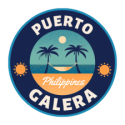
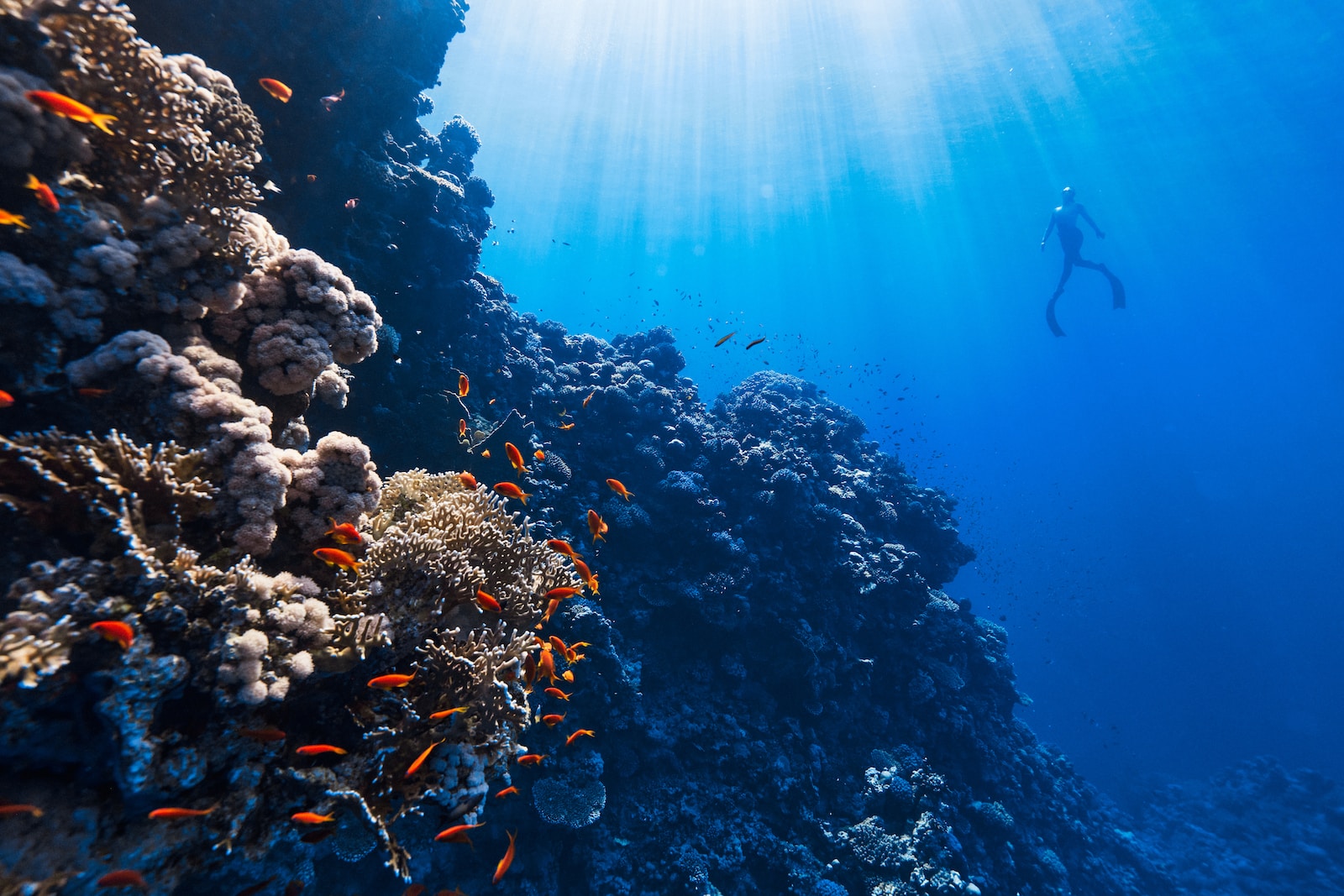
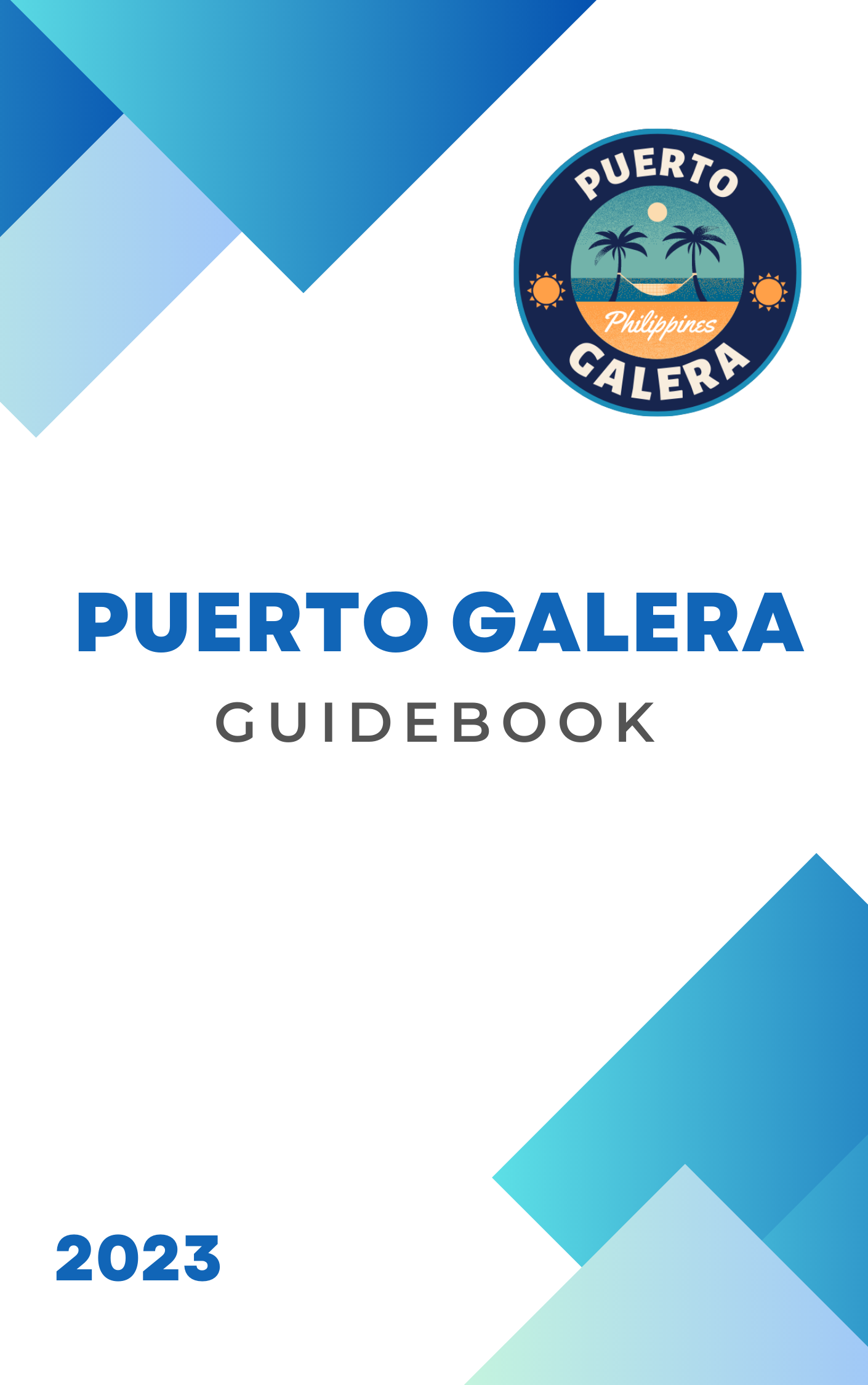
![Isora Resort [Review]](https://www.puertogalera.ph/wp-content/uploads/2023/07/d7m5xramf8g.jpg)
